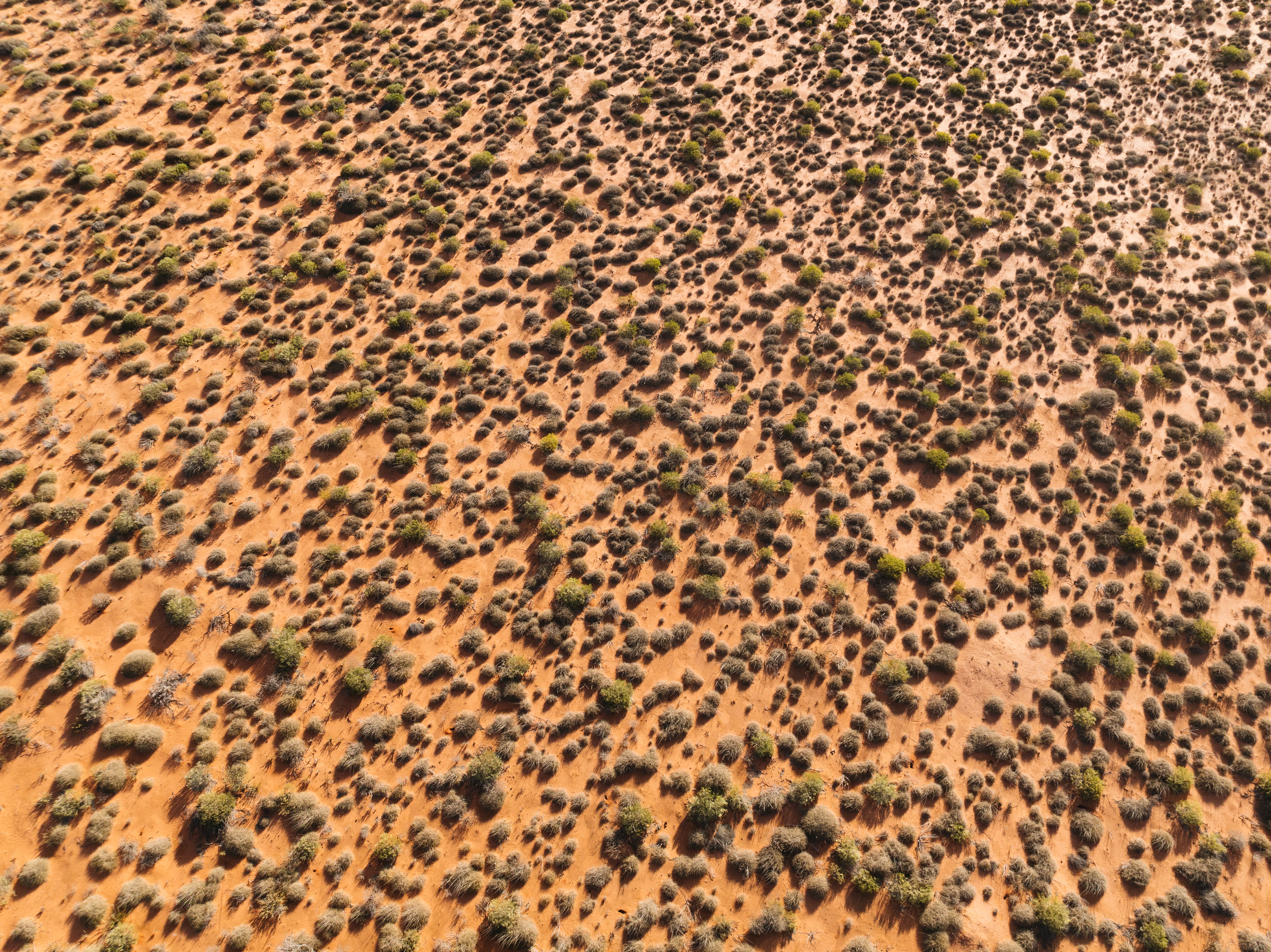The distribution of vegetation acts as a firebreak against the collapse of arid ecosystems
A study involving the Institute of Evolutionary Biology (IBE:CSIC-UPF) establishes that the distribution of vegetation acts as a firebreak against the collapse of the ecosystem when aridity increases.
This distribution increases the resilience of arid ecosystems to water scarcity and could be used to monitor the health of an area.
The research warns that systems degraded by human activity no longer have this system and are therefore more vulnerable to drought.

The climate crisis increases drought and could trigger the abrupt desertification of many arid ecosystems, which are home to a third of the world’s population. This process could have a major impact in Spain, where large areas are at risk of desertification and in 2023 suffered the third driest year since records began, sixty years ago.
Now, research involving the Institute of Evolutionary Biology (IBE), a joint centre of the Spanish National Research Council (CSIC) and Pompeu Fabra University (UPF), has discovered that the spatial arrangement of vegetation determines the degree of degradation of arid ecosystems and their resilience.
The study reveals that vegetation presents characteristic organizational patterns under stressful environmental conditions, such as drought, that are capable of increasing the resilience of ecosystems. These patterns provide a very useful monitoring tool for controlling arid ecosystems. However, if the area is already degraded due to human activity, this system of resilience is lost.

Vegetation is organized to cheat/endure water scarcity
The spatial structure of vegetation in dryland ecosystems has long fascinated scientists due to its striking appearance, since islands of vegetation are seen surrounded by bare soil. Now, the study published in Proceedings of the National Academy of Sciences sheds new light on why plants group together in this way.
“This work is part of an international effort to understand the nature of the resilience of arid systems”, points out Ricard Solé, ICREA researcher at the UPF Department of Medicine and Life Sciences and principal investigator of the Complex Systems Laboratory at the IBE. “We can expect to suffer extreme droughts due to the climate crisis, so it is vital to understand how ecosystems respond to water scarcity”.
By combining field data from 115 sites around the world with mathematical models and remote sensing, the research shows that the way in which vegetation is organized in space acts as a firebreak against the collapse of the ecosystem when aridity increases.

Graphic representation of the Tipping Point has already affected some places and that may affect these arid ecosystems in the future, potentially transitioning to degraded states abruptly. Credit to Ricard Solé.
The scientists have found that plants grow with greater space between them as aridity increases. The drier the environment, the more spaced the plant life is in that area. This means that healthy dryland ecosystems are more capable of adapting to water scarcity and high temperatures, increasing their resilience to desertification.
Already degraded ecosystems cannot withstand drought
The team warns that the ability of ecosystems to respond adequately to climate change could be compromised if they already suffer from degradation caused by humans, overgrazing, impoverished biodiversity and the exploitation of resources.
In these cases, the adaptive capacity of vegetation is lost, decreasing the resilience of arid ecosystems and at the same time increasing degradation and water scarcity. Thanks to the study, however, such degradation can be identified.

A new tool for monitoring the climate crisis
The scientists suggest that monitoring changes, or the lack of changes, in the spatial patterns of arid ecosystem vegetation could be used as an early indicator of degradation. This could be a crucial step towards developing tools to help manage and preserve dryland ecosystems in a warmer, drier world.
“In my line of research, the results of the study will also serve as a basis for developing intervention strategies using synthetic biology”, Ricard Solé adds.
Moreover, since the vegetation pattern is also key in other natural systems, such as microbial communities or coastal wetlands, the results of the study could also have implications for systems other than arid zones.
Referenced Article:
Kéfi S, Génin A, Garcia-Mayor A, Guirado E, Cabral JS, Berdugo M, Guerber J, Solé R, Maestre FT. “Self-organization as a mechanism of resilience in dryland ecosystems”; (2024) Proc Natl Acad Sci U S A. DOI: https://doi.org/10.1073/pnas.2305153121
